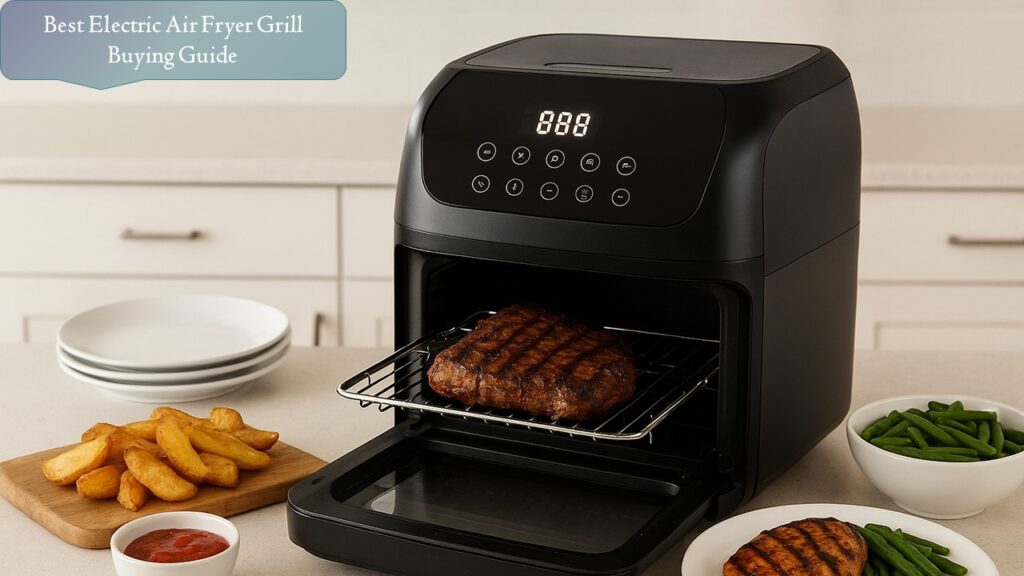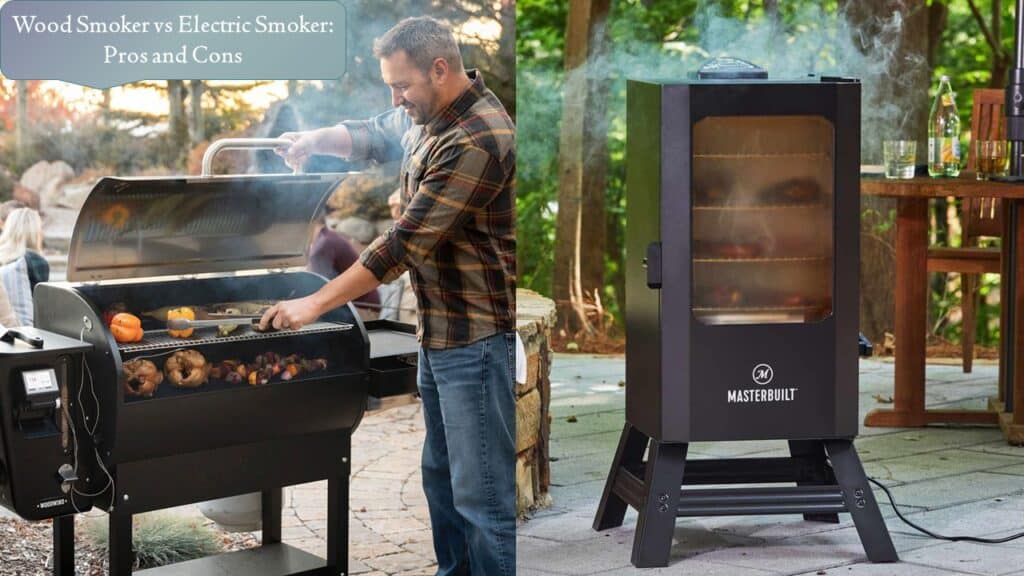Cooking is an art, but it’s also a science, and the cookware you choose can make a world of difference. Every chef, whether professional or home cook, understands that the right materials influence not only the flavor and texture of your dishes but also the ease and efficiency of preparation. With so many options available, stainless steel, nonstick, cast iron, copper, and more – it can feel overwhelming to decide which cookware will serve you best.
Each material has its own strengths and weaknesses, from heat conductivity and durability to maintenance requirements and compatibility with your stovetop. Understanding these differences is essential to making an informed choice that aligns with your cooking style, dietary needs, and kitchen setup. In this article, we’ll break down the best cookware materials, explore their pros and cons, and help you find the perfect set to elevate your culinary game.
Stainless Steel: The All-Rounder
Stainless steel is a staple in most kitchens for a reason. Durable, non-reactive, and resistant to rust, it offers consistent performance for a wide range of cooking techniques. Premium stainless steel sets often feature an aluminum or copper core to enhance heat distribution, preventing hot spots that can burn your food.
Pros:
- Extremely durable and long-lasting
- Non-reactive, safe for acidic foods
- Dishwasher safe
Cons:
- Poor heat conduction without layered core
- Food may stick if not used properly
Ideal For: Everyday cooking, sauces, sautéing, and searing meats.
Nonstick Cookware: Convenience Meets Simplicity
Nonstick pans have revolutionized home cooking by allowing low-fat and easy-clean cooking. Perfect for eggs, pancakes, and delicate fish, nonstick cookware reduces the need for oil while minimizing sticking issues. However, the coatings can degrade over time, particularly with high heat or metal utensils.
Pros:
- Easy to clean and maintain
- Requires less oil or fat
- Lightweight and easy to handle
Cons:
- Less durable than metal alternatives
- Unsuitable for high-heat cooking
- Coating can scratch or peel over time
Ideal For: Quick meals, breakfast dishes, and low-fat cooking.
Cast Iron: Heavy-Duty Flavor
Cast iron is cherished for its excellent heat retention and versatility. From stovetop searing to oven roasting, a well-seasoned cast iron pan provides natural nonstick properties and imparts flavor over time. While heavy and requiring some maintenance, cast iron’s durability makes it a lifelong kitchen companion.
Pros:
- Exceptional heat retention
- Extremely durable
- Enhances flavors through seasoning
Cons:
- Heavy and difficult to maneuver
- Requires regular seasoning and care
- Not dishwasher safe
Ideal For: Searing, frying, baking, and slow-cooked recipes.
Copper: Precision and Professional Appeal
Copper cookware is prized in professional kitchens for fast, even heat conduction. It responds quickly to temperature changes, allowing for precise cooking control. Many copper pans are lined with stainless steel to prevent reaction with acidic foods, as unlined copper can alter taste and color.
Pros:
- Outstanding heat control and responsiveness
- Elegant, professional appearance
- Perfect for delicate temperature-sensitive dishes
Cons:
- Expensive
- Requires regular polishing
- Unlined copper reacts with acidic ingredients
Ideal For: Sauces, candy-making, delicate cooking, and professional-grade kitchens.
Aluminum Cookware: Lightweight and Efficient
Aluminum is another popular option due to its lightweight nature and rapid heat conduction. It’s often anodized to increase durability and prevent reaction with foods. Aluminum pans are budget-friendly and ideal for cooks seeking efficiency without sacrificing performance.
Pros:
- Lightweight and easy to handle
- Excellent heat conduction
- Affordable
Cons:
- Can warp over high heat
- Reactive with acidic foods if not anodized
- May not be as durable as stainless steel or cast iron
Ideal For: Everyday cooking, sautéing, and frying.
Titanium Cookware: High-Tech Durability
Titanium cookware is a modern innovation, known for being ultra-light, strong, and non-reactive. Often combined with ceramic coatings, titanium sets are ideal for cooks who want high-performance cookware without heavy maintenance.
Pros:
- Extremely durable and scratch-resistant
- Lightweight
- Non-reactive and safe for all foods
Cons:
- Expensive
- Limited availability for full cookware sets
Ideal For: Health-conscious cooks and minimal-maintenance kitchens.
Choosing Based on Your Stovetop
Not every material works on every stove. Here’s a quick compatibility guide:
- Induction cooktops: Require magnetic materials like stainless steel or cast iron.
- Gas stoves: Most cookware is compatible, but ensure pans have stable, flat bases.
- Electric/ceramic stoves: Smooth, flat-bottomed cookware ensures even contact and heating.
Balancing Budget, Durability, and Versatility
Investing in cookware requires balancing your budget with your cooking needs. Stainless steel and cast iron offer longevity, while nonstick and aluminum options provide convenience and affordability. High-end copper and titanium options provide professional performance but at a premium. Consider starting with core pieces like a saucepan, frying pan, stockpot, and sauté pan, then expand your set as needed.
Maintenance and Longevity Tips
Proper care ensures your cookware performs well and lasts:
- Stainless steel: Hand wash for long-lasting shine, and use gentle scrubbing for stuck-on foods.
- Nonstick: Avoid metal utensils; clean with soft sponges.
- Cast iron: Season regularly and avoid soap.
- Copper: Polish to maintain luster.
- Aluminum: Anodized surfaces resist scratches; avoid extreme heat.
Regular maintenance preserves not only the appearance but also the cooking performance of your cookware.
Conclusion: Finding Your Best Fit
The best type of cookware material ultimately depends on your cooking style, stove type, and personal preferences. I personally use a mix of stainless steel for daily cooking, cast iron for searing, and a few nonstick pans for breakfast or delicate dishes. This combination provides versatility, durability, and efficiency without cluttering my kitchen.
When choosing, consider:
- Your primary cooking style and typical recipes.
- Compatibility with your stovetop.
- Your budget and desired longevity.
- Ease of maintenance and cleaning.
Selecting the right cookware material can transform your culinary experience, making cooking more enjoyable, efficient, and delicious. A thoughtfully chosen set will not only last years but also inspire creativity and confidence in the kitchen.







